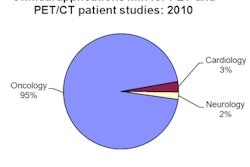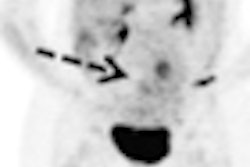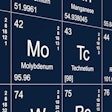PET developer Naviscan is touting the results of a study in which positron emission mammography (PEM) found a correlation between FDG uptake values and the factors that predict breast cancer survival.
The study, published in the August issue of the American Journal of Roentgenology, comes from researchers at the Swedish Cancer Institute and the University of Washington.
The highest FDG levels were found in the most aggressive cancer type -- triple-negative cancers. Women with triple-negative breast cancer have a higher mortality, the authors noted, because there is no tailored therapy available to them.
Lead study author Dr. Carolyn Wang and colleagues concluded that PEM may help identify when a chemotherapeutic regimen is not working, and it may play a role in initial staging of breast cancer in patients at high risk for multifocal or multicentric disease.
This is the first study to evaluate the correlation between prognostic indicators and FDG uptake values on PEM, according to the authors.




















